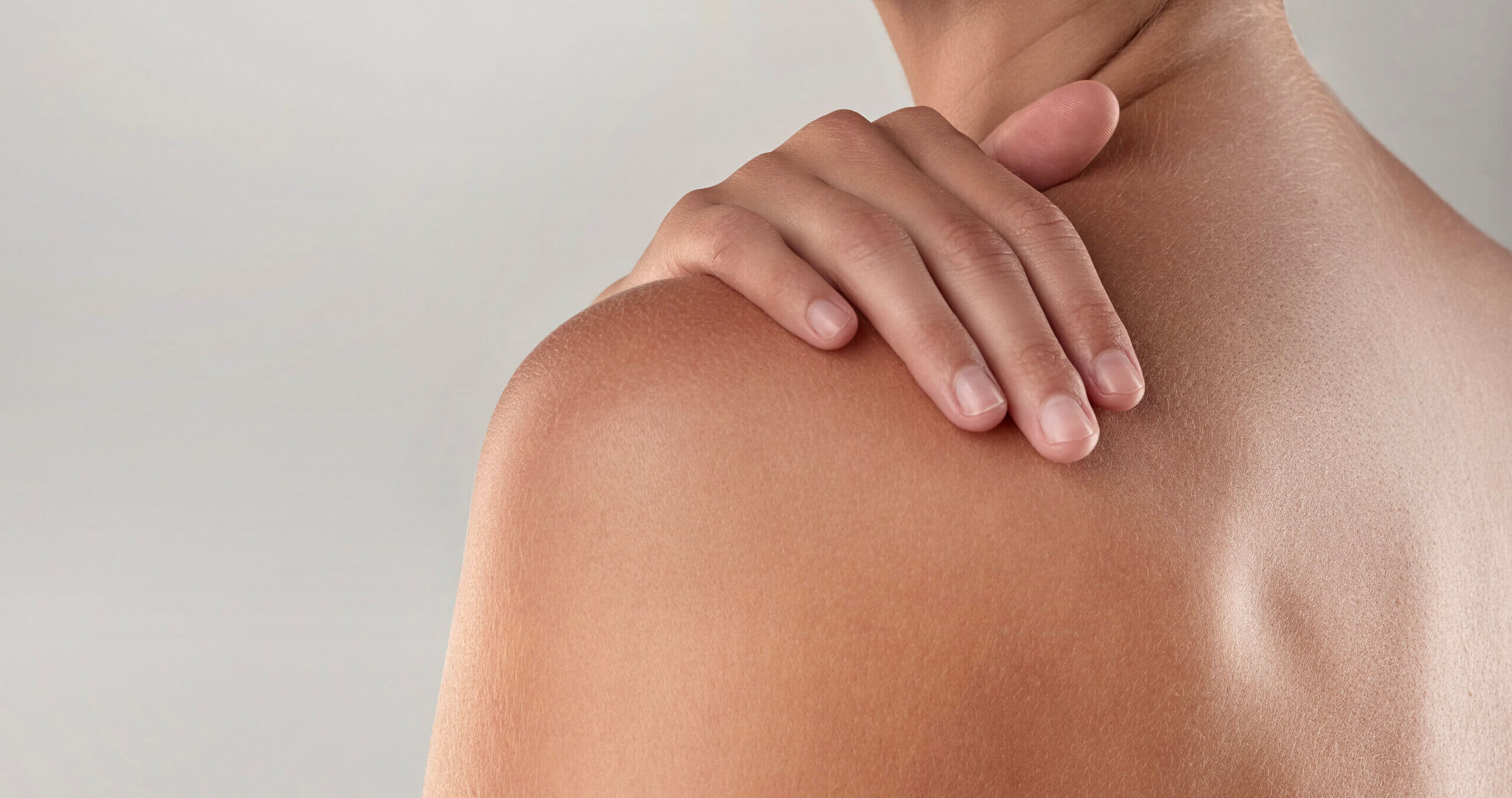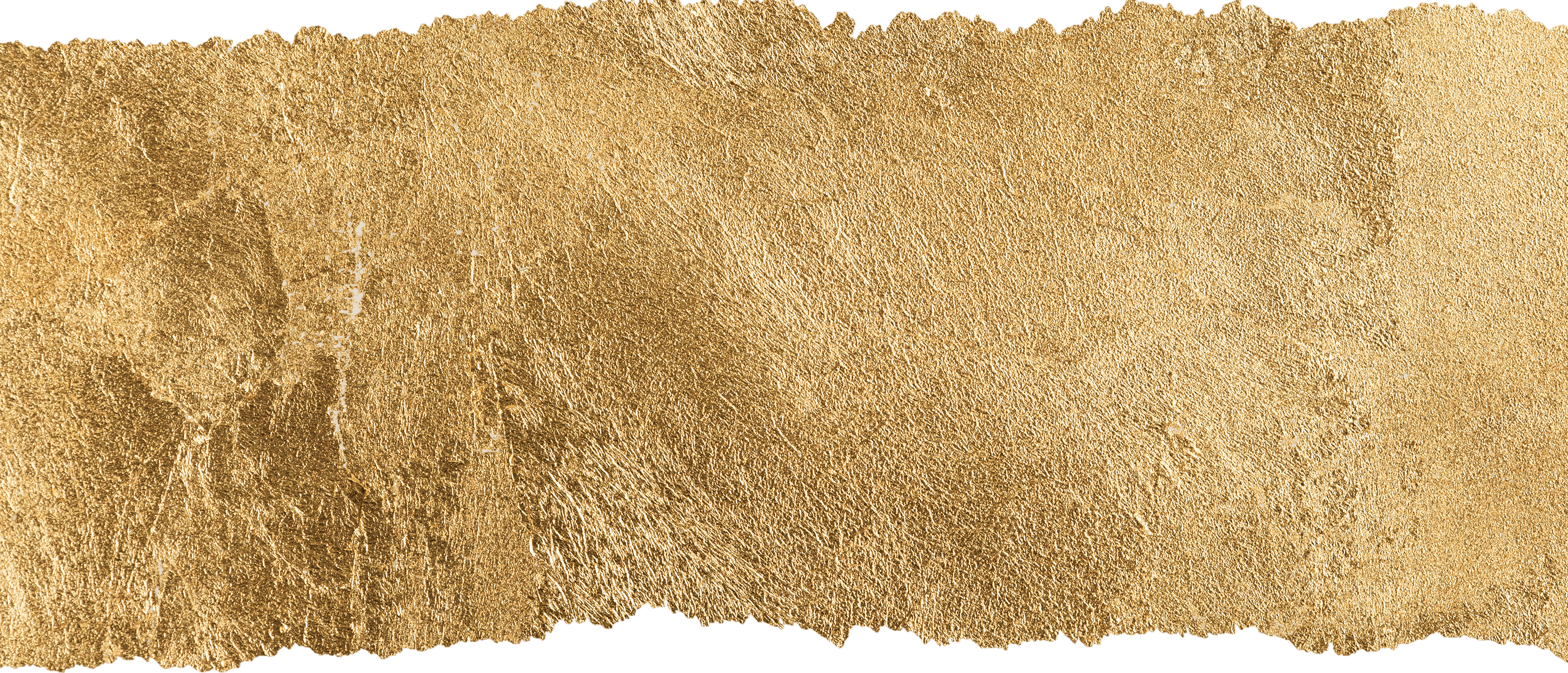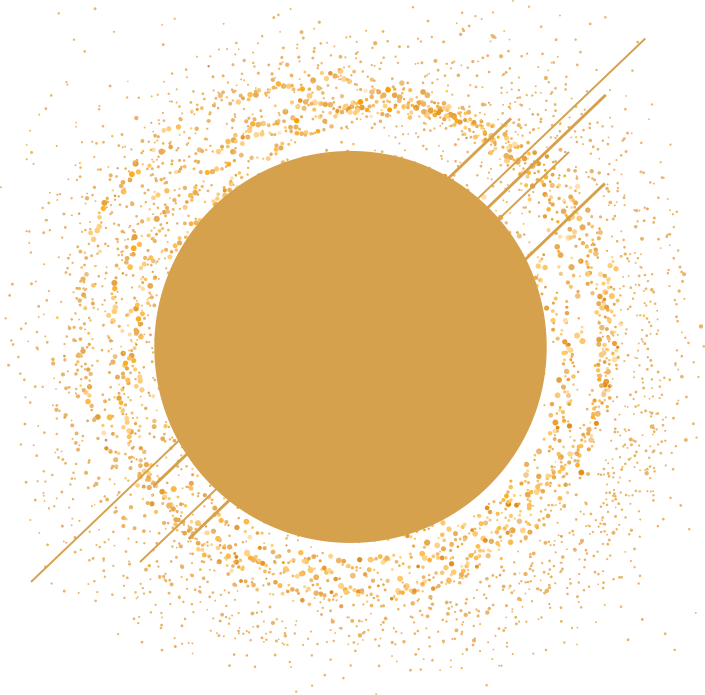Surgical removal of moles, cysts, and skin tags remove
Moles, cysts, warts and skin tags can be quite common on the face and body. They are usually completely harmless and benign (non-cancerous) growths originating in the skin. Occasionally they may be unsightly or even painful, especially if caught when shaving, and these can be removed for cosmetic concerns or for comfort. Some lesions such as sebaceous cysts can also be prone to developing recurrent swelling and infections and may be removed for symptomatic relief.
There are several options to remove skin lesions. These include surgery, cryotherapy and ablative energy-based devices (such as lasers, radiofrequency or plasma energy). The advantage of surgery is that the lesion can be sent for histopathological analysis as it is sometimes necessary to diagnose the nature of the lesion, and for reassurance that the lesion is completely benign. Certain lesions, such as sebaceous cysts, are also only optimally removed by surgery. Small skin tags and certain warts can, however, be simply removed using cryotherapy to freeze the lesion, causing it to undergo necrosis (die) and drop off. There is, however, increased risk of hypopigmentation (loss of skin pigment) particularly in darker skin types, as well as a higher risk of recurrence versus other treatment methods.



 Skin lesion surgery: elliptical versus shave excision
Skin lesion surgery: elliptical versus shave excision  What are the after-care instructions for home?
What are the after-care instructions for home? 





